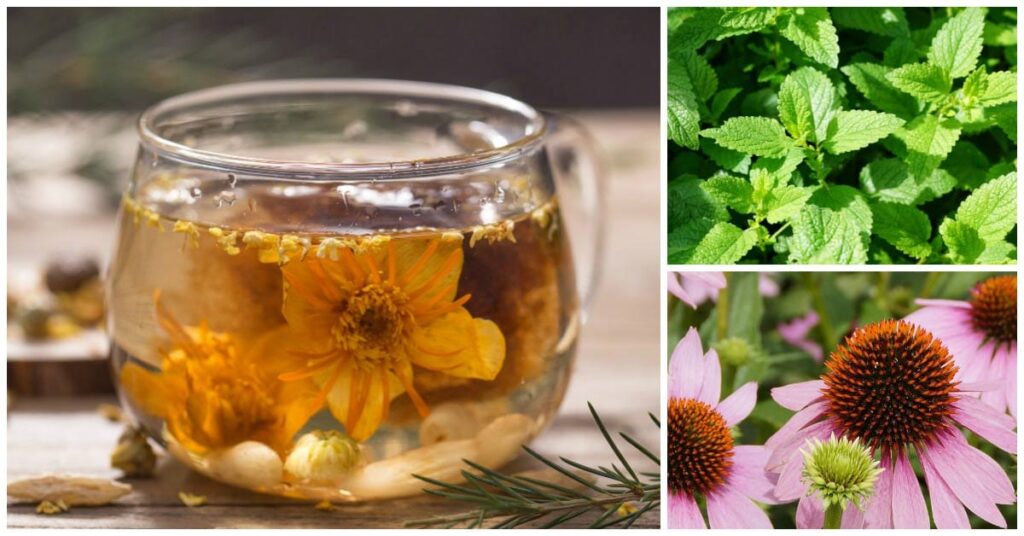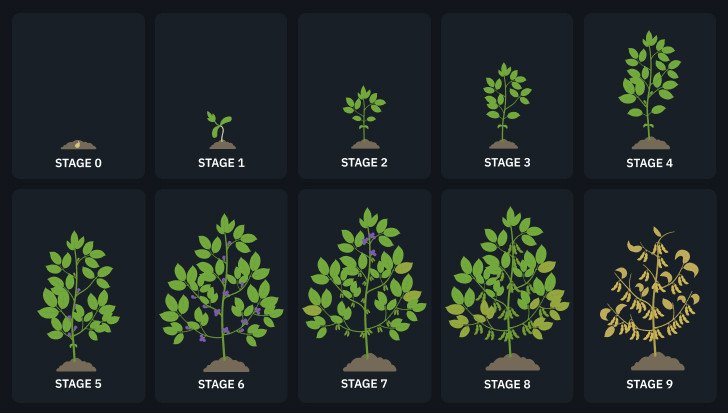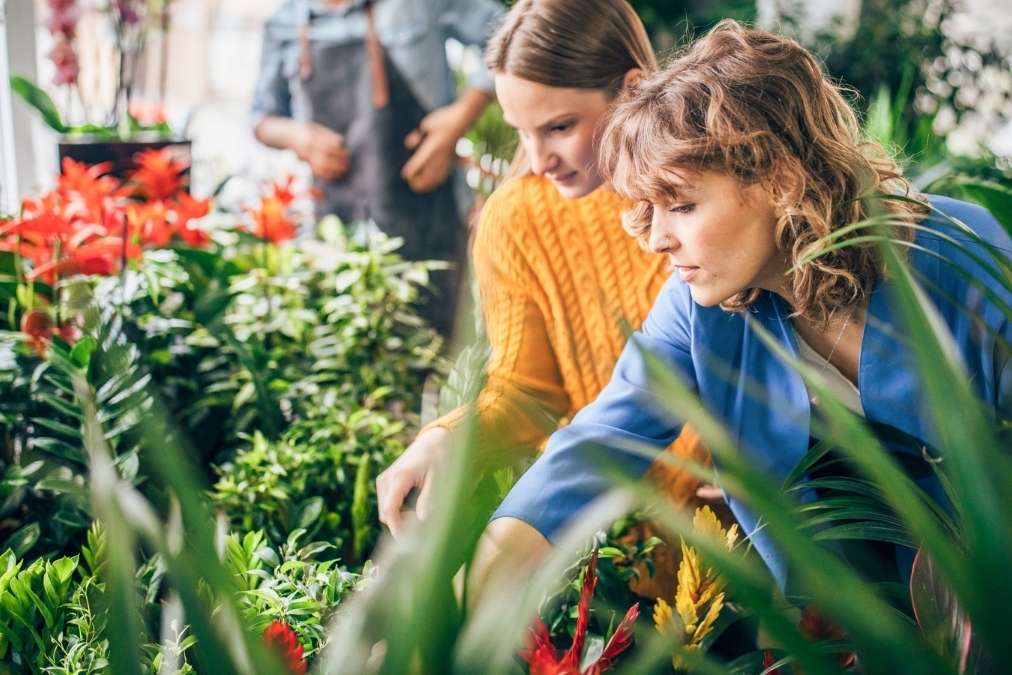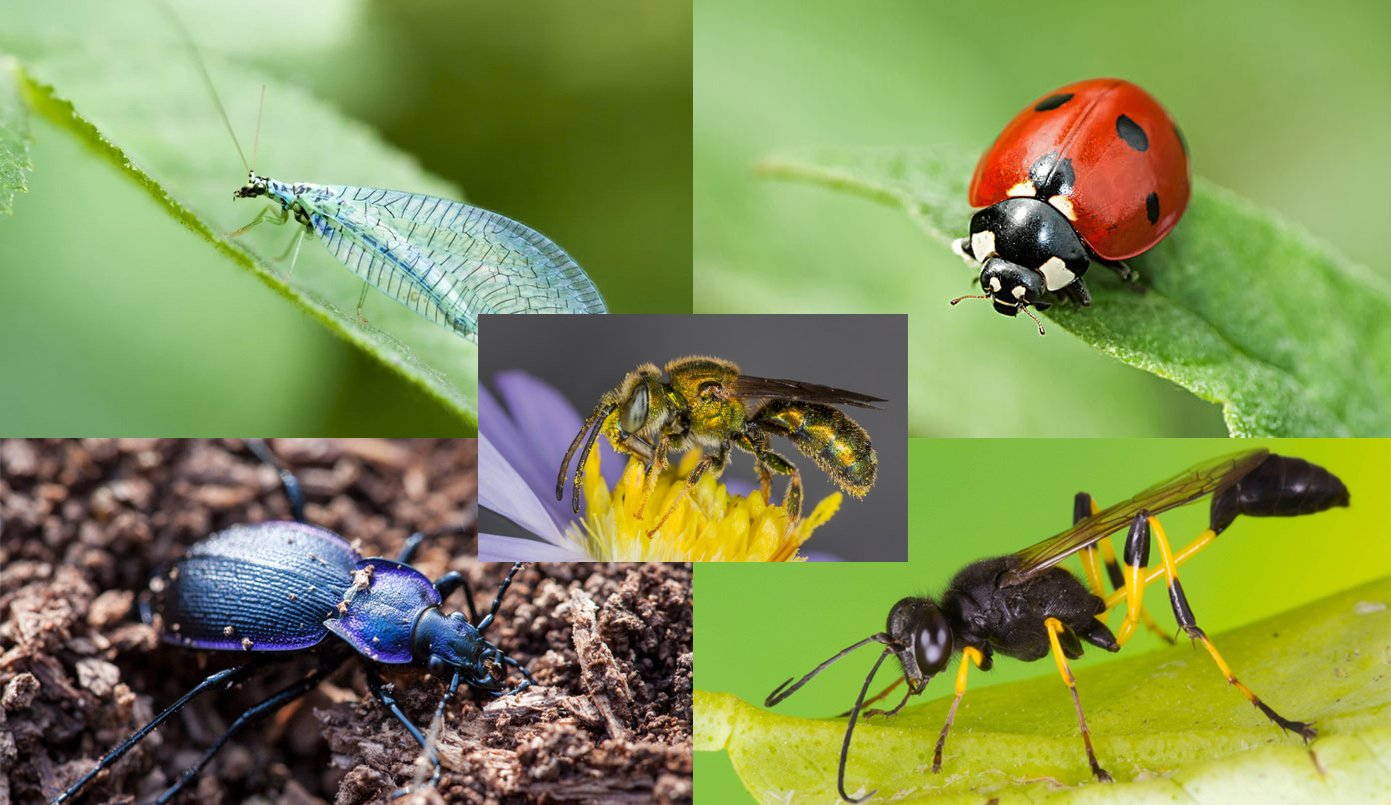
body {
font-family: Arial, sans-serif;
line-height: 1.6;
margin: 20px;
}
h2 {
color: #333;
}
h3 {
color: #555;
}
ul, ol {
margin-bottom: 15px;
}
li {
margin-bottom: 5px;
}
Unveiling the World of Uncommon Herbs for Tea: A Gardener’s Delight
The world of tea is vast and varied, stretching far beyond the familiar black and green varieties. For the adventurous tea enthusiast, the exploration of herbal teas offers a journey into a world of unique flavors, aromas, and potential health benefits. This guide delves into the fascinating realm of growing uncommon herbs specifically for tea, providing you with the knowledge and inspiration to cultivate your own tea garden and savor the delights of homegrown infusions. Get ready to transform your backyard into a fragrant haven and your teacup into a vessel of extraordinary flavors.
Why Grow Uncommon Herbs for Tea?
The allure of growing your own tea herbs extends far beyond simply having a fresh cup. There’s a certain satisfaction in nurturing plants from seed to cup, knowing exactly where your tea comes from and what went into its creation. Here are some compelling reasons to embark on this herbal adventure:
- Unparalleled Freshness: The flavor of freshly harvested herbs is simply unmatched. You’ll experience a vibrancy and intensity that dried herbs often lack.
- Control Over Quality: You decide what goes into your tea. You can avoid pesticides, herbicides, and other chemicals, ensuring a pure and natural beverage.
- Unique Flavors and Blends: Experiment with a diverse range of herbs to create custom tea blends tailored to your personal preferences.
- Therapeutic Benefits: Many herbs possess medicinal properties, offering potential health benefits beyond simply quenching your thirst.
- Gardening Therapy: The act of gardening itself is incredibly therapeutic, offering a connection to nature and a sense of accomplishment.
- Aesthetically Pleasing: A tea herb garden is a beautiful addition to any landscape, with a variety of textures, colors, and fragrances.
Getting Started: Planning Your Tea Herb Garden
Before you start planting, careful planning is key to a successful tea herb garden. Consider these factors:
Choosing the Right Location
Most tea herbs thrive in a sunny location, receiving at least 6 hours of direct sunlight per day. However, some herbs prefer partial shade, so research the specific needs of each herb you plan to grow. Choose a location with well-draining soil, as many herbs are susceptible to root rot in overly wet conditions. Consider proximity to your kitchen for easy access when harvesting.
Soil Preparation
Healthy soil is the foundation of a thriving garden. Before planting, amend your soil with compost, well-rotted manure, or other organic matter to improve drainage, fertility, and water retention. Conduct a soil test to determine the pH level and nutrient content. Most herbs prefer a slightly acidic to neutral pH (6.0-7.0). Adjust the soil pH as needed.
Selecting Your Herbs
The fun part! Research various herbs and choose those that appeal to your taste and growing conditions. Consider the following factors:
- Flavor Profile: Do you prefer floral, citrusy, minty, or earthy flavors?
- Growing Conditions: Ensure the herbs you choose are well-suited to your climate and available sunlight.
- Ease of Cultivation: Some herbs are easier to grow than others, especially for beginners.
- Potential Benefits: Research the potential health benefits of each herb to choose those that align with your wellness goals.
Starting from Seed vs. Transplants
You can start your herbs from seed or purchase transplants from a local nursery. Starting from seed is more economical, but it requires more patience and care. Transplants are a quicker way to get your garden started, but they may be more expensive. Consider the following:
- Seeds: Offer a wider variety of options and are cost-effective, but require more time and care.
- Transplants: Provide a head start and are generally easier to manage, but may limit your options.
A Gardener’s Guide to Growing Uncommon Tea Herbs
Now, let’s dive into some specific herbs perfect for your tea garden, along with tips on how to grow them:
1. Lemon Balm (Melissa officinalis)
Flavor Profile: Citrusy, lemony, refreshing.
Growing Tips:
- Sunlight: Prefers partial shade to full sun.
- Soil: Well-draining soil.
- Watering: Water regularly, especially during dry periods.
- Propagation: Easily propagated from seeds, cuttings, or division.
- Harvesting: Harvest leaves throughout the growing season, just before the plant flowers, for the best flavor.
Tea Benefits: Known for its calming and stress-relieving properties. It can also aid in digestion and boost mood.
2. Bergamot (Monarda spp.)
Flavor Profile: Floral, citrusy, with a hint of spice (similar to Earl Grey tea).
Growing Tips:
- Sunlight: Full sun to partial shade.
- Soil: Well-draining soil.
- Watering: Water regularly, especially during dry spells.
- Propagation: Seeds, division, or cuttings.
- Harvesting: Harvest leaves and flowers throughout the growing season.
Tea Benefits: Can help with digestion, reduce inflammation, and relieve cold symptoms.
3. Chamomile (Matricaria chamomilla or Chamaemelum nobile)
Flavor Profile: Floral, slightly sweet, apple-like.
Growing Tips:
- Sunlight: Full sun.
- Soil: Well-draining soil.
- Watering: Water moderately.
- Propagation: Seeds.
- Harvesting: Harvest the flower heads when they are fully open.
Tea Benefits: Known for its calming and sleep-inducing properties. It can also reduce inflammation and soothe the digestive system.
4. Lavender (Lavandula spp.)
Flavor Profile: Floral, aromatic, slightly sweet.
Growing Tips:
- Sunlight: Full sun.
- Soil: Well-draining, slightly alkaline soil.
- Watering: Water sparingly, especially once established.
- Propagation: Cuttings or seeds.
- Harvesting: Harvest flower spikes when the buds are just starting to open.
Tea Benefits: Known for its calming and relaxing properties. It can also help with headaches and anxiety.
5. Rose (Rosa spp.)
Flavor Profile: Floral, sweet, delicate.
Growing Tips:
- Sunlight: Full sun.
- Soil: Well-draining soil, rich in organic matter.
- Watering: Water deeply and regularly.
- Propagation: Cuttings, grafting, or seeds.
- Harvesting: Harvest rose petals when they are fully open. Choose varieties specifically bred for tea or culinary use.
Tea Benefits: Rich in antioxidants and can help reduce inflammation. It also has a soothing effect and may help with skin health.
6. Pineapple Sage (Salvia elegans)
Flavor Profile: Sweet, fruity, with a distinct pineapple aroma.
Growing Tips:
- Sunlight: Full sun.
- Soil: Well-draining soil.
- Watering: Water regularly.
- Propagation: Cuttings or seeds.
- Harvesting: Harvest leaves and flowers throughout the growing season.
Tea Benefits: Can help with digestion and has antioxidant properties. The scent is also uplifting.
7. Bee Balm (Monarda didyma)
Flavor Profile: Similar to Bergamot, floral, citrusy, and slightly spicy.
Growing Tips:
- Sunlight: Full sun to partial shade.
- Soil: Well-draining soil.
- Watering: Water regularly.
- Propagation: Division or seeds.
- Harvesting: Harvest leaves and flowers.
Tea Benefits: Can help with colds, flu, and sore throats due to its antiseptic and anti-inflammatory properties.
8. Calendula (Calendula officinalis)
Flavor Profile: Slightly bitter, peppery.
Growing Tips:
- Sunlight: Full sun.
- Soil: Well-draining soil.
- Watering: Water moderately.
- Propagation: Seeds.
- Harvesting: Harvest petals when the flowers are fully open.
Tea Benefits: Known for its anti-inflammatory and wound-healing properties. Can also improve skin health.
9. Hyssop (Hyssopus officinalis)
Flavor Profile: Slightly bitter, minty, with a hint of licorice.
Growing Tips:
- Sunlight: Full sun.
- Soil: Well-draining soil.
- Watering: Water moderately.
- Propagation: Seeds or cuttings.
- Harvesting: Harvest leaves and flowers before the plant flowers.
Tea Benefits: Can help with respiratory issues and digestion. It may also boost the immune system.
10. Catnip (Nepeta cataria)
Flavor Profile: Mild, minty.
Growing Tips:
- Sunlight: Full sun to partial shade.
- Soil: Well-draining soil.
- Watering: Water regularly.
- Propagation: Seeds or division.
- Harvesting: Harvest leaves throughout the growing season.
Tea Benefits: Known for its calming and relaxing properties. Can also aid in digestion.
Cultivating Your Tea Herbs: A Practical Guide
Once you’ve chosen your herbs and prepared your planting area, it’s time to get your hands dirty. Here’s a step-by-step guide to help you cultivate your tea herb garden:
Planting
- Spacing: Follow the spacing recommendations on the seed packets or plant labels. Proper spacing promotes good air circulation and prevents overcrowding.
- Depth: Plant seeds at the recommended depth. Transplants should be planted at the same depth they were growing in their pots.
- Watering: Water thoroughly after planting.
Watering
Water your herbs regularly, especially during dry periods. The frequency of watering will depend on the herb, the weather, and your soil type. Avoid overwatering, which can lead to root rot. Check the soil moisture by inserting your finger a few inches into the soil. If it feels dry, it’s time to water.
Fertilizing
Most herbs don’t require heavy fertilization. Amend your soil with compost or other organic matter before planting. You can also feed your herbs with a balanced liquid fertilizer or compost tea during the growing season. Avoid over-fertilizing, as this can lead to excessive foliage growth and reduce the flavor of your herbs.
Weeding
Keep your garden free of weeds, as they compete with your herbs for nutrients, water, and sunlight. Mulching around your plants can help suppress weed growth. Hand-pull weeds regularly or use a hoe to remove them.
Pest and Disease Control
Inspect your herbs regularly for pests and diseases. Common pests include aphids, spider mites, and whiteflies. Treat infestations promptly using organic methods such as insecticidal soap or neem oil. Prevent diseases by providing good air circulation and avoiding overwatering. Remove any diseased leaves or plants to prevent the spread of infection.
Pruning
Pruning your herbs regularly encourages bushier growth and prevents them from becoming leggy. Pinch off the growing tips of young plants to promote branching. Prune back established plants after flowering or as needed to maintain their shape and size.
Harvesting and Drying Your Herbs
The art of harvesting and drying your herbs is essential for preserving their flavor and aroma for future use. Here’s how to do it:
Harvesting
The best time to harvest herbs for tea is in the morning, after the dew has evaporated but before the heat of the day sets in. This is when the essential oils are at their peak. Use sharp scissors or pruning shears to cut the stems just above a leaf node. Harvest leaves, flowers, and stems, depending on the herb.
Drying
Drying your herbs is crucial for preserving their flavor and preventing spoilage. There are several methods you can use:
- Air Drying: The most common method. Bundle the herbs together and hang them upside down in a well-ventilated, dark, and dry place. Allow them to dry for 1-3 weeks, or until the leaves crumble easily.
- Oven Drying: Preheat your oven to the lowest temperature (usually around 170°F or 77°C). Spread the herbs on a baking sheet and dry them for 2-4 hours, or until they are crispy. Watch carefully to prevent burning.
- Dehydrator: Use a food dehydrator to dry your herbs. Follow the manufacturer’s instructions.
Storage
Once your herbs are completely dry, store them in airtight containers away from light, heat, and moisture. Glass jars with tight-fitting lids are ideal. Label each container with the herb name and the date of harvest. Properly stored herbs can retain their flavor and aroma for up to a year.
Creating Your Own Herbal Tea Blends
One of the most rewarding aspects of growing your own tea herbs is the ability to create custom tea blends. Experiment with different combinations of herbs to discover your favorite flavors and potential benefits. Here are some tips to get you started:
- Start Simple: Begin with a few basic herbs and gradually add more.
- Consider Flavor Profiles: Combine herbs with complementary flavors. For example, pair lemon balm with mint or chamomile with lavender.
- Balance the Flavors: Use a variety of herbs to create a well-rounded blend.
- Experiment with Ratios: Adjust the proportions of each herb to achieve your desired flavor.
- Keep a Journal: Record your recipes and tasting notes to track your progress.
Here are a few blend ideas to spark your creativity:
- Relaxing Blend: Chamomile, Lavender, Lemon Balm.
- Digestive Blend: Peppermint, Bergamot, Pineapple Sage.
- Uplifting Blend: Lemon Balm, Rose, Bergamot.
Beyond the Cup: Other Uses for Tea Herbs
The versatility of tea herbs extends beyond the teacup. Here are some other ways you can utilize your homegrown herbs:
- Culinary Uses: Use fresh or dried herbs to flavor soups, stews, salads, and other dishes.
- Herbal Remedies: Many tea herbs have medicinal properties and can be used to make tinctures, salves, and other remedies.
- Aromatherapy: Use the essential oils of tea herbs in diffusers or massage oils.
- Potpourri: Create fragrant potpourri blends using dried herbs and flowers.
- Crafts: Use dried herbs and flowers in crafts such as wreaths, sachets, and bath products.
Troubleshooting Common Problems
Even with careful planning and care, you may encounter some challenges in your tea herb garden. Here are some common problems and their solutions:
- Pests: Inspect your plants regularly for pests such as aphids, spider mites, and whiteflies. Treat infestations promptly using organic methods such as insecticidal soap or neem oil.
- Diseases: Prevent diseases by providing good air circulation and avoiding overwatering. Remove any diseased leaves or plants to prevent the spread of infection.
- Yellowing Leaves: Yellowing leaves can be a sign of overwatering, underwatering, nutrient deficiency, or pest infestation. Identify the cause and take appropriate action.
- Leggy Growth: Leggy growth can be caused by insufficient sunlight. Move your plants to a sunnier location or prune them to encourage bushier growth.
- Poor Flavor: Poor flavor can be caused by a variety of factors, including improper harvesting, drying, or storage. Harvest herbs at the peak of their flavor and dry them properly. Store them in airtight containers away from light, heat, and moisture.
Embracing the Journey: The Rewards of a Tea Herb Garden
Growing uncommon herbs for tea is a rewarding experience that connects you with nature, allows you to explore a world of unique flavors, and offers potential health benefits. From the moment you sow the seeds to the moment you savor your first cup of homegrown tea, you’ll be immersed in a journey of discovery and delight. So, gather your seeds, prepare your soil, and embark on this fragrant adventure. Your tea garden awaits, ready to provide you with a wealth of flavors, aromas, and the simple pleasure of a perfect cup of tea.
Happy gardening, and happy sipping!



